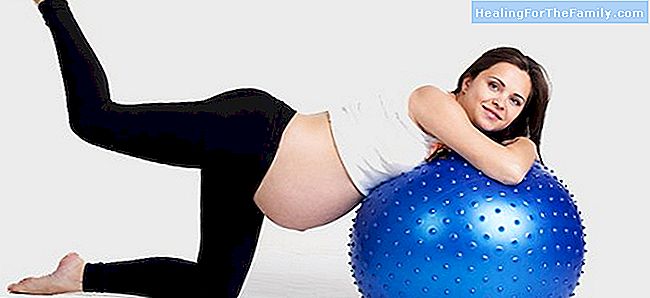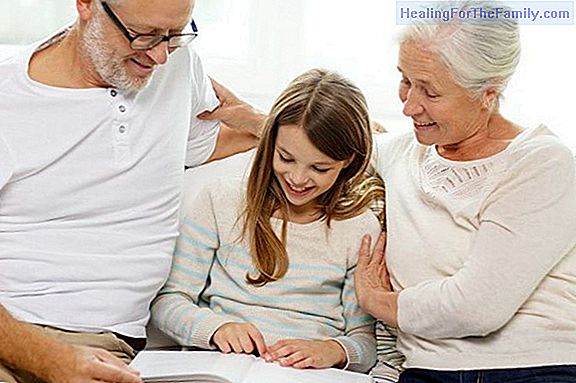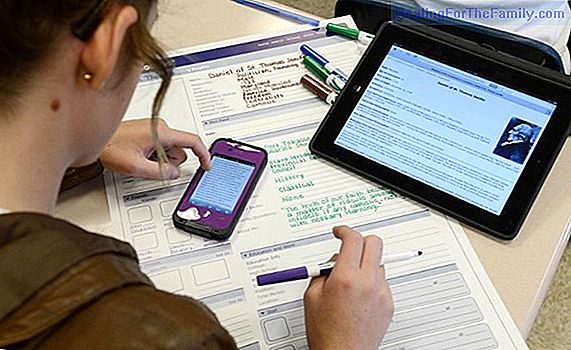Pilates in pregnancy: benefits for the future mom
Pilates practice during pregnancy is very useful to help future moms adapt to the new changes. It does not matter if no class had been done before, even if its existence was unknown, it can be practiced from any moment of pregnancy until the last day siempre, provided that the pregnancy is not risky
Pilates practice during pregnancy is very useful to help future moms adapt to the new changes. It does not matter if no class had been done before, even if its existence was unknown, it can be practiced from any moment of pregnancy until the last day siempre, provided that the pregnancy is not risky. The method works on breathing, postural correction, elasticity and the pelvic floor.Pilates in pregnancy
The pregnant woman will experience changes in her body from the first days. These changes range from the musculoskeletal, anatomical, hormonal, circulatory, cardiopulmonary to alterations in sleep cycles, among others. Actually, the woman's body is experiencing a crisis, understanding crisis as abrupt change, and also, these changes occur within a rapid process. In nine months,

the woman will change, transform, adapt, prepare and do so to cover all the baby's needs.
A woman's uterus undergoes a major transformation. It is a pelvic organ, but during most of pregnancy, it becomes abdominal because the space is not bounded by bone structures and allows more freedom to accommodate the baby in its growth. This fact involves variations such as
the displacement of the visceral organs, the increase of the pressure on the bladder, the distension of the abdominal muscles and the increase in the curves of the spine , displacing, in turn, the line of gravity. The future moms acquire a new position; in fact, it is a position of protection towards the baby and preparation for childbirth. It is done unconsciously. On the one hand, they 'close' (they turn) towards the baby, 'protect' him with his postural attitude, and on the other, they separate the legs more to provoke the opening of the pelvis, as necessary at the time of childbirth as for able to walk, counteracting changes in balance.Pilates: what can it do for you?
The base of Pilates is the
powerhouse , which is located right where the baby is going to grow. The knowledge of how to activate this zone, how to maintain the optimal tone of the muscles during pregnancy, how to work the pelvic floor, how to breathe, will cause, among other benefits, the reduction of back pain, greater stability and containment of the baby, also lowers the risk of separation of the recti by the logical distension of the abdominals, preserves the respiratory capacity and prevents stress urinary incontinence.In addition, as from the work of the 'mansion of power' also the rest of the body is worked, helps to gain physical resistance, so necessary to face childbirth, and activates circulation. A very complete method that pregnant women can benefit from.
Do you want to know more about Pilates? The Pilates method was born at the beginning of the 20th century by the German Joseph Humbertus Pilates. Joseph was a sickly child, suffering from asthma and rickets. A doctor, a friend of the family, gave him an anatomy book. As a result of this gift and due to his eagerness to know himself well, he devised a method where he combined the principles of different disciplines, such as yoga and gymnastics, to his knowledge of rehabilitation, all coordinated with mind control and breathing.Originally, Joseph called Contrology (contrology), the art of the mind to control the body and gave the name of Powerhouse (Mansion of power), to the set of muscles formed by the transverse abdominal, the diaphragm, the obliques, the rectus abdominis, the paravertebrals, the gluteals and all those that make up the pelvic floor, that is to say, the set of muscles, external and internal, included between the ribs and the pelvic floor. These muscles have the function of holding the spine, the organs and ensuring a correct position getting, among other benefits, prevent back pain.
Marián Zamora Saborit
Physiotherapist. Pilates Technician

Psychomotorist in Early Childhood Education












